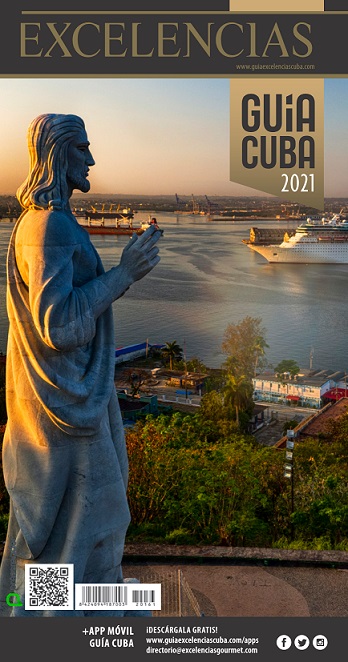Origen
The Arawaks are recognized as the first human civilization to inhabit the Netherlands Antilles. A Spanish expedition led by Alonso de Ojeda discovered the island of Curaçao for Spain in 1499, and it remained under the Spanish until the Dutch took control in 1634. Curaçao was a strategically important point for Dutch military advances against the Spanish and as the center of the Caribbean slave trade. Curaçao became the host of the Netherlands Antilles Government in 1954. "
Constitución
Type: Parliamentary. Independence: Part of the Kingdom of the Netherlands. Constitution: December 1954, Statute of the Realm of the Netherlands, as amended. Branches: Executive--monarch represented by a governor-general (chief of state), prime minister (head of government), Cabinet. Legislative--unicameral parliament. Judicial--Joint High Court of Justice appointed by the monarch. Subdivisions are by island: Saba, Sint Eustatius, Sint Maarten, Bonaire, Curacao. Political parties: Antillean Restructuring Party (PAR), C 93, Democratic Party of Bonaire (PDB), Democratic Party of Curacao (DP), Democratic Party of Sint Eustatius (DP-St. E), Democratic Party of Sint Maarten (DP-St. M), Labor Party People's Crusade (PLKP), National People's Party (PNP), New Antilles Movement (MAN), Patriotic Union of Bonaire (UPB), National Progressive Party (NPP), Saba United Democratic Party, Saba Labor Party, St. Eustatius Alliance (SEA), Windward Islands People's Movement (WIPM), Workers' Liberation Front (FOL), Democratic Party Statia, St. Eustatius Action Movement, Progressive Labor Party Statia, ORDU, People's Progressive Alliance (PPA), Forsa Korsou, Patriotic Movement Curacao (MPK), and others. Suffrage: Universal at 18.
Gobierno
In 1845 the Dutch Windward islands united with Curaçao, Bonaire, and Aruba in a political unit. The abolition of slavery hurt the islands' economy until the 20th century, when oil was discovered off the shores of Venezuela and a refinery was established on Curaçao. In addition, during the same period, an offshore financial sector was created to serve Dutch business interests. Since 1945, the federation of the Netherlands Antilles--Curacao, Bonaire, Saba, Sint Eustatius, and Sint Maarten--have been autonomous in internal affairs. Aruba was part of this federation until January 1, 1986, when it gained status apart within the Kingdom of the Netherlands. About 85% of Curacao's population is of African derivation. The remaining 15% is made up of various races and nationalities, including Dutch, Portuguese, North Americans, natives from other Caribbean islands, Latin Americans, Sephardic Jews, Lebanese, and Asians. Roman Catholicism predominates, but several other religions are represented, which include Anglican, Jewish, Muslim, Protestant, Mormon, Baptist, Islam, and Hindu. The Jewish community is the oldest in the Western Hemisphere, dating back to 1634. The recent faltering in the economy has increased migration to the Netherlands, especially by young adults. Since 1998 about 5% of the population has left the islands each year for the Netherlands.
Historia General
Curaçao is one of the most attractive islands in the Caribbean. It previously belonged to the Netherlands and nowadays it has become one of the multi-purpose destinations. It is a place full of nice surprises. This is a wonderful island, rich in natural wealth. It has a variety of first class hotels, from which 20 were built at the beach, with the style of the Antilles, and there you will find high levels of comfort and services, besides several commodities due to its location in the center of the capital, near to markets, stores, restaurants and entertainment centers. Williemstad, its capital, is a Historical Heritage of Humankind. The Submarine Park is one of the places for diving, known by the diversity of species, tropical fishes and coral lines. If visitors are interested on visiting this place for natural or archeological reasons, they will find the volcano formation to the west and south, which have around 80 million years and are rich in fauna and flora.
|






